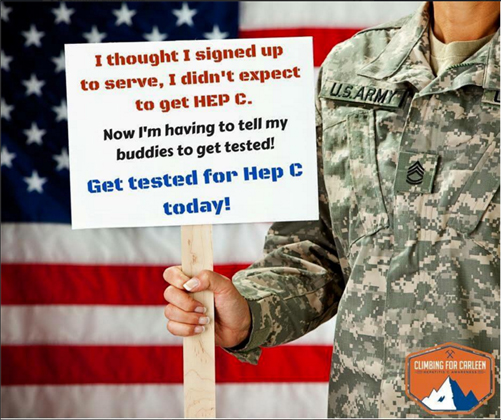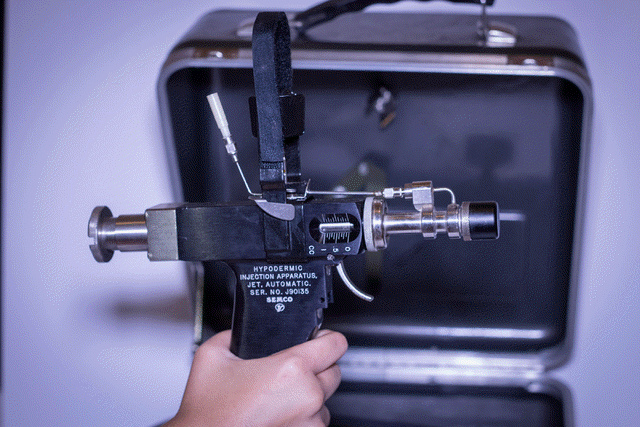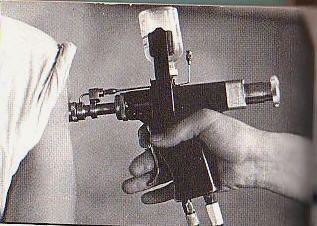|
|
||||||||||||||||||||||||||||||||
|
|
||||||||||||||||||||||||||||||||
|
Federal
heads
in
the
sand:(
The
Dear
Colleague
letter
written
by
Acting
Deputy
Director,
Epidemiology
and
Surveillance
Division,
National
Immunization
Program,
CDC
October
27,
1998 Two 3-part series of articles on needle safety were published in 1998 by the San Francisco Chronicle. The first series, "Deadly Needles," caught the attention of readers by claiming that "one million health care workers each year are injured by needle sticks - more than 100,000 of them in California." The second series, "The Invisible Epidemic, 1920-87," began with an article on health risks associated with the use of contaminated needles and resulted in the publication of a "Dear Colleague" letter from the Centers for Disease Control and Prevention (CDC). Related Articles:
The
letter,
dated
October
27,
1998,
was
written
by
Ben
Schwartz,
MD,
Acting
Deputy
Director,
Epidemiology
and
Surveillance
Division,
National
Immunization
Program,
CDC,
and
read
as
follows: Dear Colleague: Earlier today, the San Francisco Chronicle and San Francisco Examiner released the first of a three-part story on the health risks associated with use of contaminated needles... The article focuses on problems in the developing world, quoting an unpublished WHO study suggesting that 10 million infections and 1.8 million deaths occur annually from infections such as HIV and hepatitis B and C that are spread by contaminated needles. The article also focuses on warnings that were ignored, information that was not disseminated, and new technologies that were slow to be introduced. Because this article may raise concern about injections associated with immunization in the United States, we wanted to alert you to this issue and to offer some messages that can be communicated to concerned persons or the media. The Advisory Committee on Immunization Practices (ACIP) states in their general recommendations that, "Syringes and needles used for injections must be sterile and preferably disposable to minimize the risk of contamination. A separate needle and syringe should be used for each vaccination." (MMWR 1994;43,RR-1) The conditions described in the San Francisco Chronicle article which result in spread of infection -- poverty and ignorance -- are not relevant to immunization delivery in the United States today. The only U.S. examples of infection linked with injection were a 1960 outbreak of hepatitis associated with non-vaccine injections in a physician's office and "a hepatitis outbreak...among U.S. soldiers after [receiving] multiple-dose tetanus shots from reused syringes." Most injections worldwide are not associated with immunization but with injection of other medications. Severe infections such as hepatitis and HIV do continue to occur in the U.S. among injecting drug users where needle reuse still occurs. Rarely, local infections at the site of vaccination have occurred in the U.S. linked with poor skin disinfection and rare outbreaks of bacterial infections associated with contamination of a multi-dose vial have been reported (e.g., Simon, et al, Pediatr Infect Dis J 1993;12:368-71). Despite the uncommon occurrence of adverse effects, vaccination remains an important disease prevention measure. Millions of cases of infection and thousands of deaths are prevented in the U.S. each year because of immunization. The issue of injection safety is a serious problem for immunization programs in developing countries due to scarce funds available for sterile needles and syringes. This series of articles does a service by drawing attention to this issue. But the solutions are not easy for public health ministries facing severe resource shortages. (END OF LETTER) All of the articles in both of the San Francisco Chronicle series on needle safety are on the web. To read and/or download any or all of the articles, click here: http://www.sfgate.com/news/special/pages/1998/04/needles/ ----
|
|
|
|





